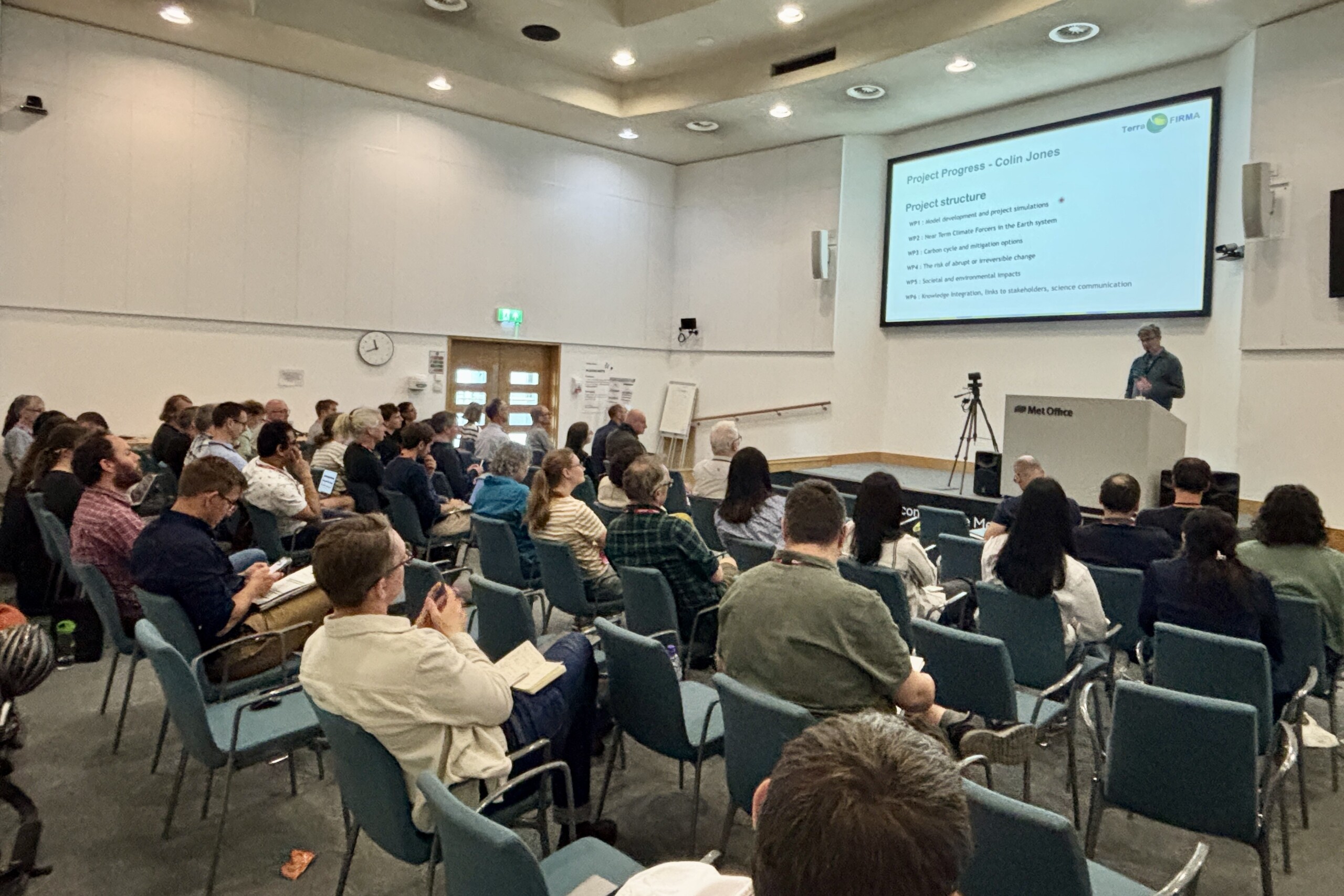News
The State of Wildfires 2024–2025 report published

Climate change is driving more frequent and intense extreme wildfires around the world, posing more risks and impacts to human health and the environment. The State of Wildfires 2024–2025 report was released on 16 October 2025, co-led by the UK Centre for Ecology & Hydrology (UKCEH), the UK Met Office, the University of East Anglia (UEA) and the European Centre for Medium-Range Weather Forecasts (ECMWF), and supported by the TerraFIRMA project. By combining fire observations and modelling with regional expertise, it monitors wildfire patterns around the world each year, investigates the drivers behind major wildfire events, and forecasts the likelihood of similar occurrences under future climate scenarios.
During the March 2024–February 2025 fire season, fire-related carbon emissions were 9% above average, marking the sixth-highest level recorded since 2003, despite a below-average global burned area. In the tropical regions of Northeast Amazonia, Pantanal–Chiquitano border and the Congo Basin, prolonged drought was the primary driver of fire activity, whereas in Southern California encountered compounding enablers including extreme heat, wind and antecedent fuel build-up. Climate change increased the likelihood of extreme fire weather in these regions by 2.7 to 70 times. Looking ahead, fire events in the three tropical regions are projected to rise by 37-57%, but future trends in Southern California remain uncertain. Carbon reduction, climate action, mitigation and adaptation policies are urgently needed to lower risk and frequency, enhance resilience and alleviate impacts.
“Our annual reports are building unequivocal evidence of how climate change is increasing the frequency and severity of extreme wildfires. Without human-driven warming, many of these wildfires, in Pantanal and Southern California, for example, would not have been on an extreme scale,” said TerraFIRMA project member and UKCEH land surface modeller Dr Douglas Kelley, who co-led this year’s report.
“Climate change is not only creating more dangerous fire-prone weather conditions, but it is also influencing the rates at which vegetation grows and provides fuel for the fires to spread,” explained another co-lead Dr Francesca Di Giuseppe of ECMWF.

State of Wildfires 2024-2025 report:
https://essd.copernicus.org/articles/17/5377/2025/
https://stateofwildfires.com/latest-report/
Press releases and news coverages:
https://www.ceh.ac.uk/press/climate-change-drove-extreme-wildfire-seasons-across-americas
Summary for policymakers:
https://drive.google.com/file/d/1XxHQ1SWthQC445zeVz2MbZAEAqc4KRU3/view


